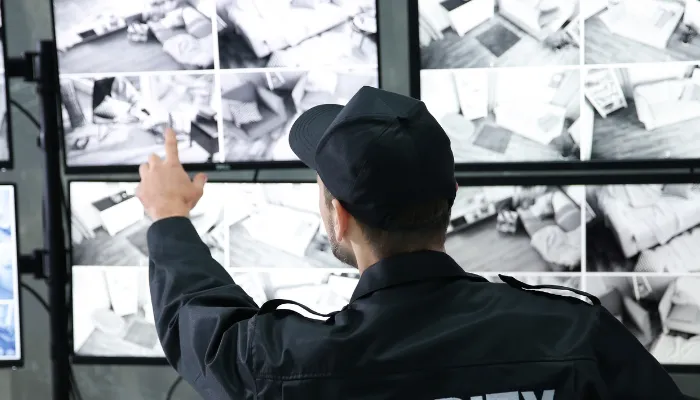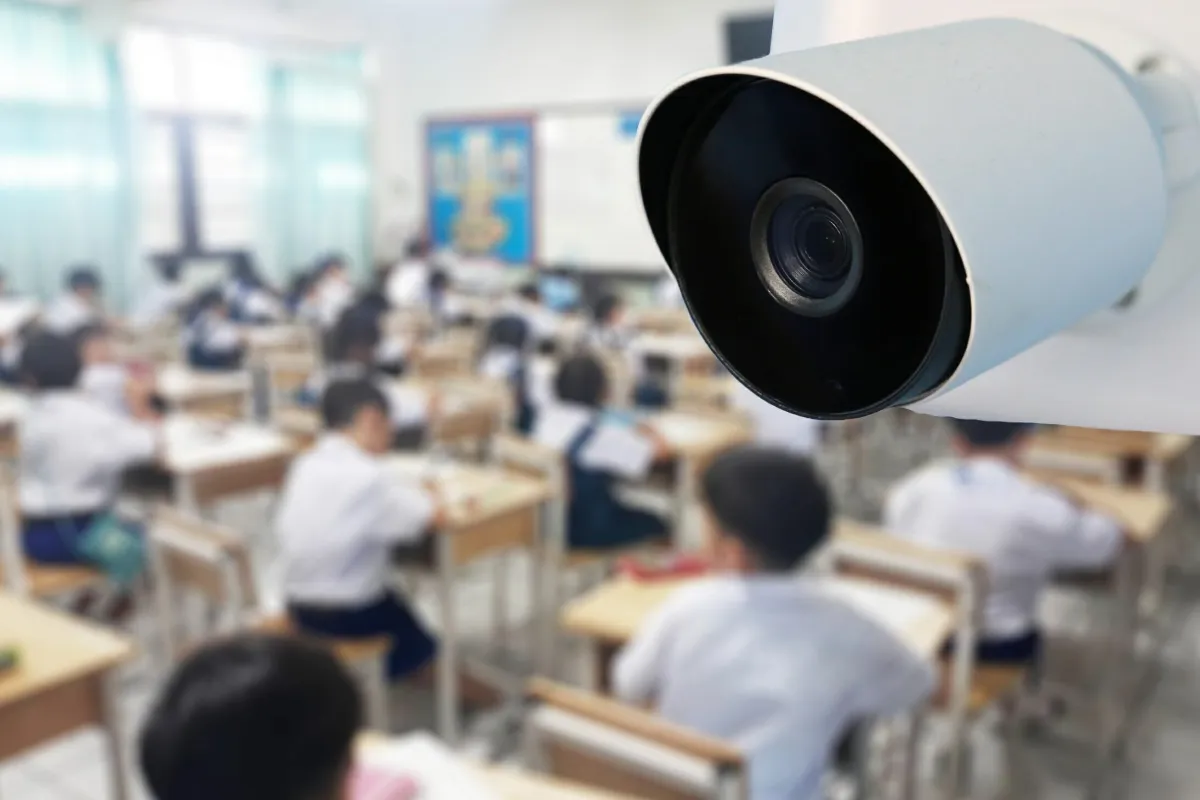Next Generation Video Surveillance For Education
Improve Campus and Student Safety with Security Technology
Prioritizing student safety, teacher safety, and facility safety is a must for schools looking to instill a safe learning environment. Given the prevalence of school-based violence today, school officials shouldn’t wait for an incident to occur before prioritizing security. To better prepare themselves for any future situation, school safety and security teams turn to video security as a way of reducing campus crime and enhancing visibility into day-to-day activities and operations.
Read on to learn about the primary reasons security cameras are used on school campuses, what features are considered "must-haves" and how each stakeholder group uses school security differently.
Deter Crime On Campus
Security in schools can also safeguard schools from more common, day-to-day incidents. Specifically, school security cameras discourage instances of school-based vandalism, larceny, and assault, as well as many additional types of suspicious or nefarious behavior, by regulating and standardizing school visitor management around the clock.


Enforce Positive Behaviors
To reinforce positive student and teacher conduct, many officials depend on cameras. By monitoring footage from security cameras in classrooms, common areas, and hallways, school administrators and security personnel can ensure that proper school conduct is being observed.
Incident Resolution
Most inter-student conflicts include two opposing accounts of an incident. Cameras give school administrators the ability to consult definitive video evidence of an event. Having cameras in schools can also offer objective video evidence of incidents involving harm or theft in classrooms, hallways, and other high-traffic areas. This footage is used to identify suspects and serves as compelling evidence during the disciplinary phase of investigations.


Remotely Monitor Spaces
For school or campus safety teams at safe educational institutions, increasing situational awareness is an ongoing goal. These schools aim to provide reliable Security for large facilities to ensure school gym, auditorium, parking lot, and playground safety. Features like crowd detection and noise level sensing help these schools maintain a level of situational awareness that schools and colleges without Security simply can’t reach.
Monitoring blind spots such as entrances and exits can mitigate any school safety risks. In fact, the best school safety teams implement 24/7 recording in high-traffic or high-risk areas such as these. By recording all activity during and after business hours, officials are substantially more likely to catch intruders and unauthorized activities.
Give Parents Peace of Mind
Actively monitoring footage from cameras can reinforce the confidence and trust that parents have in their child’s school, and can give them peace of mind during the day. As a result, proactively monitoring—and even rewarding—positive student and teacher behavior can be an integral part of school safety procedures today.

4 Must-Have Features For School Video
Quickly Find and Share Footage
To ensure student safety, being able to quickly access and share footage of time-sensitive events is critical. When emergencies arise, truly safe schools won’t be tied up searching for footage, and law enforcement won’t be held up by it. With centralized footage, the ability to quickly find incidents of interest, and the ability to quickly share this footage with authorities, will give these schools the best chance at quick, safe, and calm emergency resolution.
Easy Non-Technical User Experience
Installing cameras that require technical fluency substantially limits the role principals, superintendents, and front office personnel can take in monitoring. This places responsibility of footage access and retrieval on school safety and security IT personnel, rather than on the stakeholders who require the footage. This leads to slower incident resolution, overcommitted school IT departments, and—as a result—less-than-ideal safety on campus.
Low Bandwidth Cameras
Improving safety shouldn’t require reductions to on-campus Internet speed. Security cameras can be significant consumers of bandwidth, which can lead to compromised video quality, limited video storage, and even system failure. It’s important so schools don’t have to choose between expensive bandwidth upgrades and child safety in school. In fact, a security solution with sufficiently low bandwidth consumption can even enable bus cameras for school bus monitoring.
Affordable and Reliable
Most school officials have razor-thin school safety budgets, so it’s necessary to prioritize affordability when searching for a campus security option. Oftentimes, cheaper cameras possess lower camera quality and decreased footage usability, which jeopardizes K-12 and college safety. Instead, officials should consider vendors who offer 10-year product warranties, which make it easy for schools to offset costs of maintenance over time, as well as systems that offer high levels of coverage per camera.
How Education Stakeholders Use School Video Security
Security Officers
Remotely monitor large areas more effectively
Reduce bullying and optimize intervention programs
Keep intruders out without stationing officers at each access point
Administration
See and track what is happening at each school facility
Remotely monitor day-to-day operations as well as teacher and staff efficiency
Use footage in campus disciplinary and liability claims
Staff, Students, & Parents
Attend school more securely and confidently knowing activities are monitored
Conduct campus functions and events more securely
Enforce positive behaviors anywhere on campus
